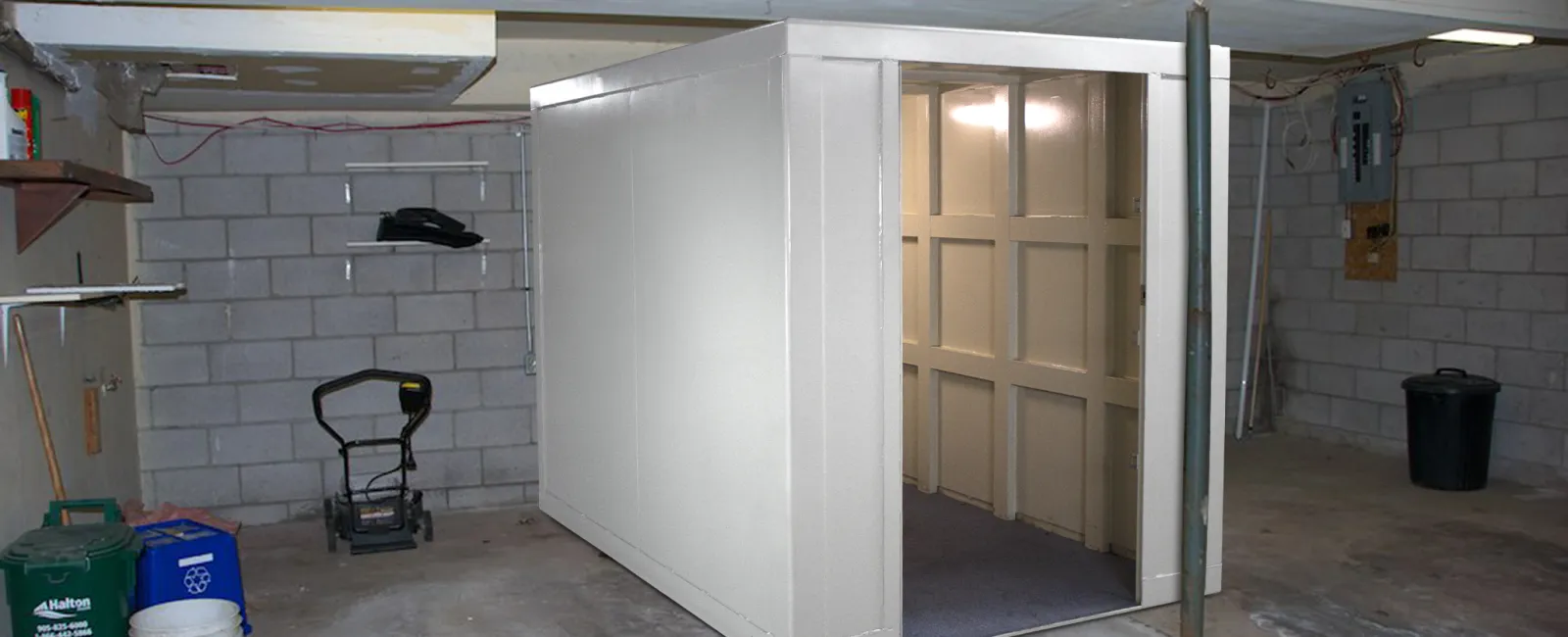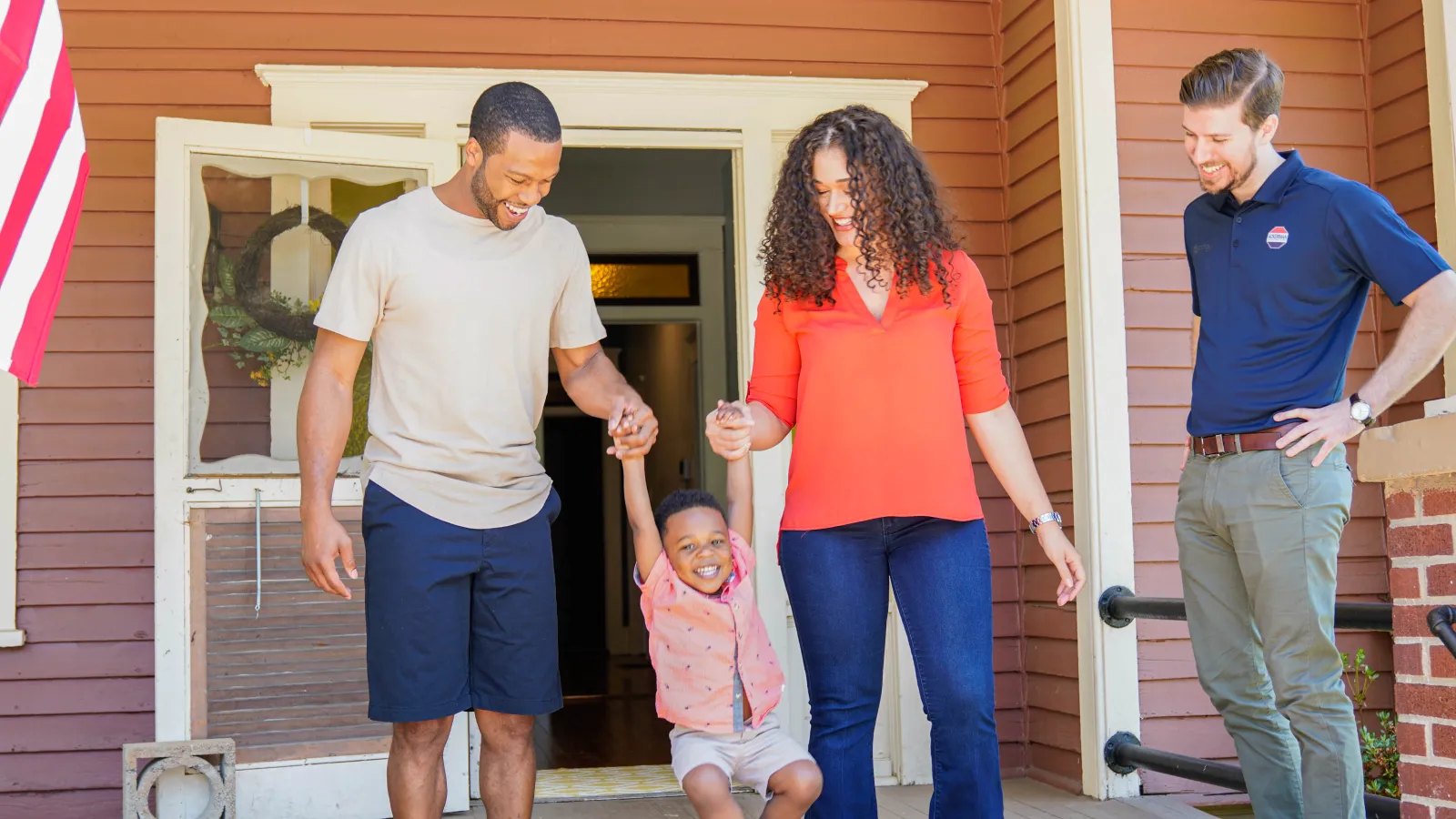How Safe Rooms and Security Systems Work Together for Ultimate Protection
In an age where personal safety and home protection are top priorities, the idea of having a panic room—also known as a safe room—has become increasingly appealing to homeowners. But are panic rooms really worth it? And how do they fit into a comprehensive home security strategy?
Let's explore how panic rooms enhance home safety, their pros and cons, and how they work hand-in-hand with modern home security systems.
What Is a Panic Room?

A panic room is a fortified space within a home designed to keep occupants safe in emergencies such as break-ins, home invasions, or natural disasters. Typically, these rooms are equipped with:
-
Reinforced doors and walls
-
Secure locks and hinges
-
Emergency communication systems
-
First-aid kits, water, and food supplies
-
Backup power or ventilation
In short, a panic room is a last line of defense when every second counts.
Are Panic Rooms Worth the Investment?
Whether a panic room is worth it depends on your lifestyle, risk level, and security goals.
Advantages include:
-
Protection during break-ins: If someone enters your home, you can retreat to a panic room while the security system alerts authorities.
-
Safety during natural disasters: Reinforced rooms can provide temporary shelter during extreme weather events.
-
Peace of mind: Knowing there's a secure refuge in your home brings emotional reassurance.
Drawbacks include:
-
Cost: A high-quality panic room can cost anywhere from a few thousand to tens of thousands of dollars, depending on materials and features.
-
Space: They require dedicated space that could otherwise serve another function.
-
Maintenance: Backup systems, locks, and communication devices must be maintained over time.
For most families, panic rooms are worth considering if home invasions or severe weather are genuine risks—or if peace of mind is priceless.
How Panic Rooms and Home Security Systems Work Together

A panic room is most effective when paired with a reliable home security system. Here's how they complement each other:
1. Immediate Threat Detection
Your home security system serves as the first line of defense—detecting motion, breaking glass, or unauthorized entry. As soon as an alarm is triggered, you can move to your panic room for safety while authorities are dispatched.
2. Real-Time Monitoring
If your system is professionally monitored, you can maintain contact with the monitoring center or emergency services from within your panic room. Modern systems can even stream live camera footage, allowing you to assess what's happening outside.
3. Smart Integration
Some advanced setups connect panic room door locks, lighting, and alarms through smart home technology. For instance, you can activate a full lockdown mode with a single voice command or app tap.
4. Redundancy and Power Backup
Even if the power goes out, your monitored home security system and panic room can both function using battery backups—keeping you protected during blackouts or storms.
Building a Layered Home Security Strategy
Think of a panic room not as a standalone solution, but as part of a layered defense plan that includes:
-
Smart security cameras for early detection
-
Motion and door/window sensors for alerts
-
Professional 24/7 monitoring to ensure help is on the way
-
Strong physical barriers (locks, reinforced entry points)
-
A safe refuge (panic room) for last-resort protection
Together, these layers make your home far more secure and give your family peace of mind in any situation.
A panic room can be a powerful addition to a well-secured home—but it's most effective when paired with a reliable home security system.
If you're considering building a panic room or upgrading your home protection, Ackerman Security can help you design a customized home security plan that includes advanced alarm systems, motion sensors, smart locks, and professional monitoring—all tailored to your needs and budget.






